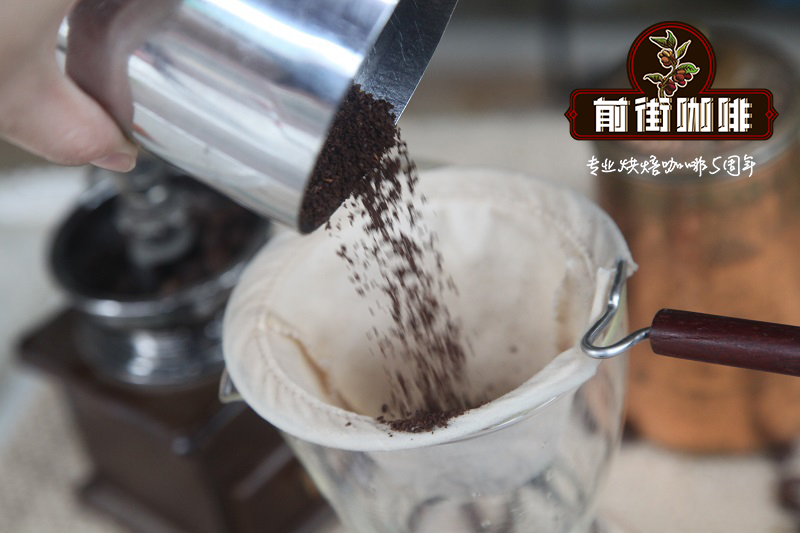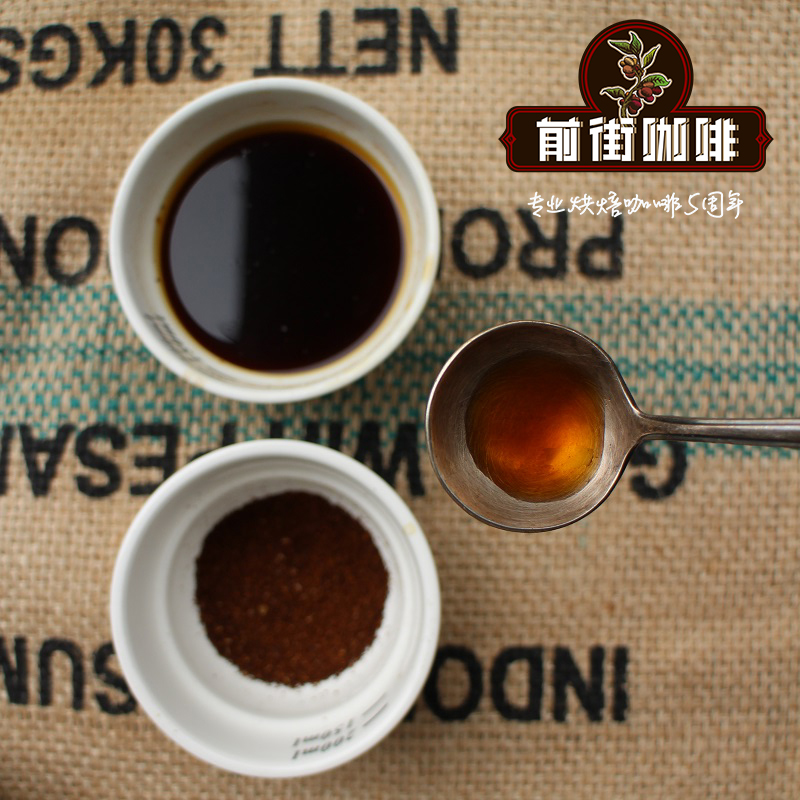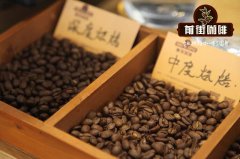Is Bolivian boutique coffee beans cost-effective? Introduction of Super Flavor of PB Round Bean washed by Caranavi

Bolivia's Caranavi washed round beans are single-origin premium coffee beans from the Sol de laMa ñ ana program in the Caranavi region of Bolivia. The coffee is washed and roasted at a medium level. Rich body and citrus acidity. Aromas of sugarcane, litchi, red cherry and toffee and peach.
This very special peaberry micro batch comes from the producer of the Sol de laMa ñ ana project. These small producers are some of the best producers in Bolivia. They are located in the Caranavi area and are hand-selected to participate in the program based on their commitment to quality. Pea coffee is produced by a basic genetic mutation in which there are no two seeds in the shell, only one. Therefore, there is no flat side of the coffee "beans". These round, small and dense coffee beans show a beautiful and rich flavor on the cupping table and make one of our favorite Bolivian coffees.
The Sol de laMana ñ a plan aims to share knowledge and technical support with local producers to create more and better quality coffee, thereby helping them achieve sustained long-term profits. The program was founded by Agricafe and was the brainchild of its founder Pedro Rodriguez and his family. The ultimate goal of the plan is to seek to ensure the continued existence of coffee production in Bolivia and to ensure that the coffee producer continues to be a sustainable crop for producers in the region for many years to come.
Sol de laMa ñ ana plans to launch in 2012 after a group of local small producers approached Pedro Rodriguez for help. They are desperate and face incredibly low and declining returns, making it almost impossible to make ends meet. After months of planning, the Sol de laMa ñ ana plan was born. The goal is simple: to help these small producers improve the quality of their farms and, more crucially, to increase their yields. Most small farms in the area produce about 2.5 bags of coffee per hectare. Given that most small producers own 3-5 hectares of coffee, this means they can survive on just 10 bags of coffee a year. In order to make these producers' coffee sustainable, people find that they need to produce 30-35 bags of coffee per hectare.
The Rodriguez family has set up courses aimed at solving the problem directly, focusing on providing producers with the skills and training they need to increase quantity and improve production quality. They have developed a set of courses that focus on one aspect of agriculture, covering topics such as how to build nurseries, how and when to use fertilizers, how to prune and how to selectively pick coffee. They also hold seminars with leading agronomists throughout the year. The results of the plan are amazing-the quality has been greatly improved and the yield has been greatly increased to 30 bags per hectare.
In addition, producers become more confident and proactive, participate as a community and share their learning and experiences with each other and the wider community. At present, 60 producers have been registered under the program, with the goal of having 100, representing about 200 hectares of original coffee farms. From there, people hope that there will be a network effect when sharing knowledge between neighbors and their extended communities.
This very special batch was hand-selected and processed on the same day of the Buena Vista Mill of the Rodriguez family. It is pulped, then fermented without water, then cleaned and dried in a fixed dryer (temperature not exceeding 40 °C for about 55 hours). When the coffee reaches 16% humidity, it will be placed in the silo for 5 hours and then carefully dried until it reaches 11.5% humidity.
When the coffee is dried, it is transported to La Paz, where it rests, and then ground at La Luna, a drying plant in Agricafe. In this state-of-the-art factory, coffee is carefully packaged and sorted by machines and a set of sorters, which are carefully sorted by hand under ultraviolet light and natural light.

The Coffee History of Bolivia
Bolivia, located in the western heart of South America, covers an area of 1098581 square kilometers, about three times the size of Montana. The two ranges of the Andes span the western part of Bolivia and form three main geographical regions of the country: the alpine highlands and plateaus in the west, the subtropical Yungas and temperate valleys on the eastern slopes, and the eastern tropical lowlands across the north and south, known as the east.
Bolivia has all the ingredients to be a producer of high-quality coffee, such as altitude, fertile soil and a continuous rainy season. Coffee production in Bolivia is concentrated in rural areas of Yungas, where the planting rate is about 95 per cent. Other growing regions include Santa Cruz, Beni, Cochabamba, Tariha and Pando. Despite the existence of commercial farms and estates, the Government's land reform has deprived the ownership of most of the large tracts of land and redistributed it to rural families. These small lands cover an area of 1-8 hectares and produce 85-95% of Bolivian coffee, most of which are Arabica coffee varieties and are organically grown.
Bolivia has tropical climatic conditions and all other ingredients and can produce quality coffee beans. There are two kinds of coffee beans. Iron pickup and Kaddura. Due to the higher altitude, coffee beans take longer to mature and develop, so that coffee beans give off a little flavor.
Important Notice :
前街咖啡 FrontStreet Coffee has moved to new addredd:
FrontStreet Coffee Address: 315,Donghua East Road,GuangZhou
Tel:020 38364473
- Prev

How about premium coffee with special treatment in Honduras? Introduction of anaerobic 90-hour fermentation treatment technology
Country of origin: Honduras region: Copan region Kogin Farm: Finca San Rafael- Norma Ellis Fialos altitude: 1350m Variety: red Kaduai processing: anaerobic fermentation, extended fermentation for 90 hours, drying flavor on an elevated bed: with cherry liqueur, raisins, dark chocolate, tamarind and floral aromas. Finca San Rafael is located in Hongdu.
- Next

Brazil Miki Manor late season honey treatment Kaduai flavor how? Introduction of Brazilian non-traditional Coffee
Origin: Brazil Brazil production area: Esprito Santo San Isprito State Farm: Stio Trs Barras Miki Manor producer: Horacio altitude: 1100m~1200m production season: 2019 / 2020 Variety: Catuca Kaduai raw bean treatment: Honey honey treatment flavor: ground coffee has pleasant floral and berry aromas and tastes like blackberries
Related
- Detailed explanation of Jadeite planting Land in Panamanian Jadeite Manor introduction to the grading system of Jadeite competitive bidding, Red bid, Green bid and Rose Summer
- Story of Coffee planting in Brenka region of Costa Rica Stonehenge Manor anaerobic heavy honey treatment of flavor mouth
- What's on the barrel of Blue Mountain Coffee beans?
- Can American coffee also pull flowers? How to use hot American style to pull out a good-looking pattern?
- Can you make a cold extract with coffee beans? What is the right proportion for cold-extracted coffee formula?
- Indonesian PWN Gold Mandrine Coffee Origin Features Flavor How to Chong? Mandolin coffee is American.
- A brief introduction to the flavor characteristics of Brazilian yellow bourbon coffee beans
- What is the effect of different water quality on the flavor of cold-extracted coffee? What kind of water is best for brewing coffee?
- Why do you think of Rose Summer whenever you mention Panamanian coffee?
- Introduction to the characteristics of authentic blue mountain coffee bean producing areas? What is the CIB Coffee Authority in Jamaica?

